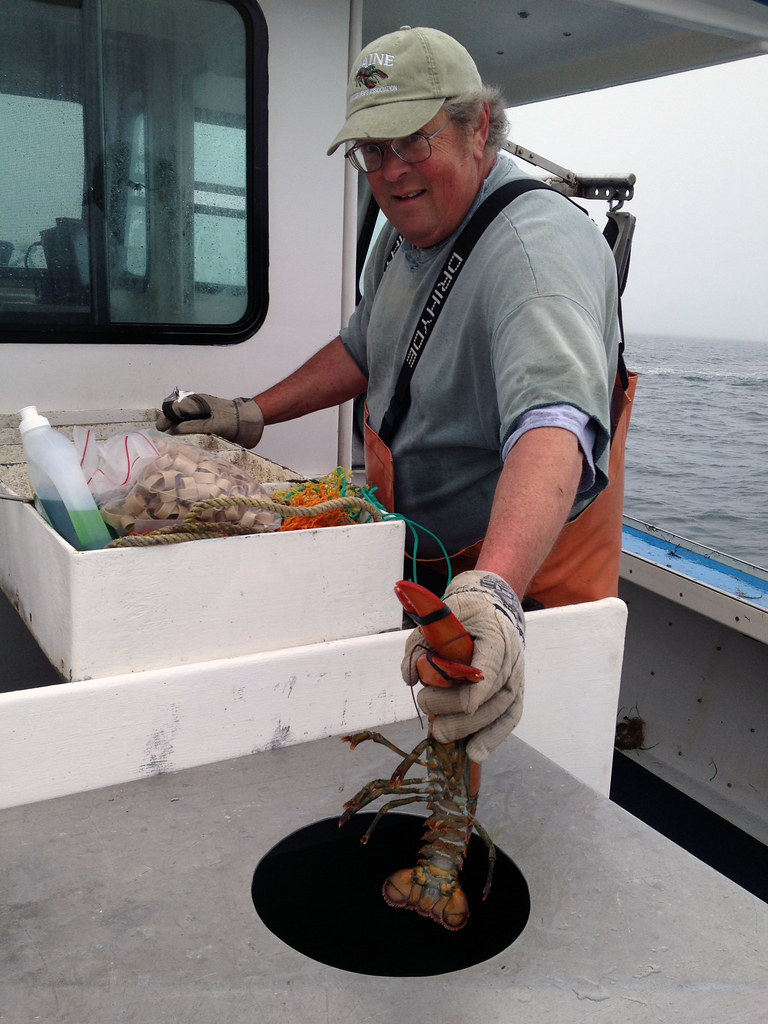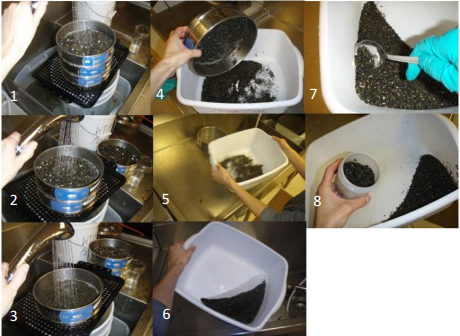Q:
Would a marine renewable energy project be allowed within the Olympic Coast National Marine Sanctuary (OCNMS or Sanctuary)?
A:
Unlikely at this time. Marine renewable energy projects are not explicitly prohibited by sanctuary regulations, but project components that would disturb or place a constructed object on the seafloor would require a sanctuary permit. OCNMS has the authority to issue permits and may consider issuing a permit for marine renewable energy projects as long as the project will not substantially injure sanctuary resources and qualities, and is found to satisfy the sanctuary’s criteria for permitted activities. Currently, marine renewable energy technology is in early stages of development, and environmental impacts have not been evaluated sufficiently to justify a sizeable installation in a national marine sanctuary. The sanctuary could also consider an application to authorize, and potentially condition, other federal or state authorizations.
Sanctuary’s Mission
The Olympic Coast National Marine Sanctuary protects the Olympic Coast’s natural and cultural resources through responsible stewardship, conducts and applies research to preserve the area’s ecological integrity and maritime heritage, and promotes understanding through public outreach and education.
Permit Requirements
OCNMS requires a permit when an individual or organization wishes to conduct an activity within the sanctuary that is prohibited by sanctuary regulations. Prohibited activities include low altitude overflights, seafloor disturbances, constructing or placing any structure on the seafloor, and discharging or depositing any material. However, whether OCNMS chooses to issue a permit or authorization is dependent upon a number of project-specific factors including:
- Assessment of the potential injury to the sanctuary resources and qualities
- Professional qualifications and finances of the applicant
- Duration of the project
- Cumulative effects
- Impacts of the activity on adjacent tribes
Permits may be issued for projects that will not substantially injure sanctuary resources and qualities and will further one of the following:
- Research related to Sanctuary resources and qualities
- Education, natural or historical resource value of the Sanctuary
- Salvage and recovery operations
- Archeological understanding
- Tribal self-determination and government functions, exercise of treaty rights, economic development, or other tribal activities
OCNMS includes conditions in permits and authorizations to ensure that an approved project has minimal negative impacts to the marine environment.
OCNMS and Marine Spatial Planning (MSP)
OCNMS and Washington State agency staffs work to coordinate their efforts on coastal priorities. Just as Washington agency staff assisted OCNMS in revising their management plan, sanctuary staff has been assisting in the marine spatial planning process. OCNMS has recommended that the sanctuary management plan be integrated into the MSP and that OCNMS be included within the geographic scope of the MSP. Sanctuary staff participate on the Washington Coast Marine Advisory Council (WCMAC) technical committee and supported work on sector analyses, worked to enhance the recreational use study, supported a joint habitat mapping project, and are supporting the planned Seafloor Mapping Prioritization Initiative.
For more information, visit:




